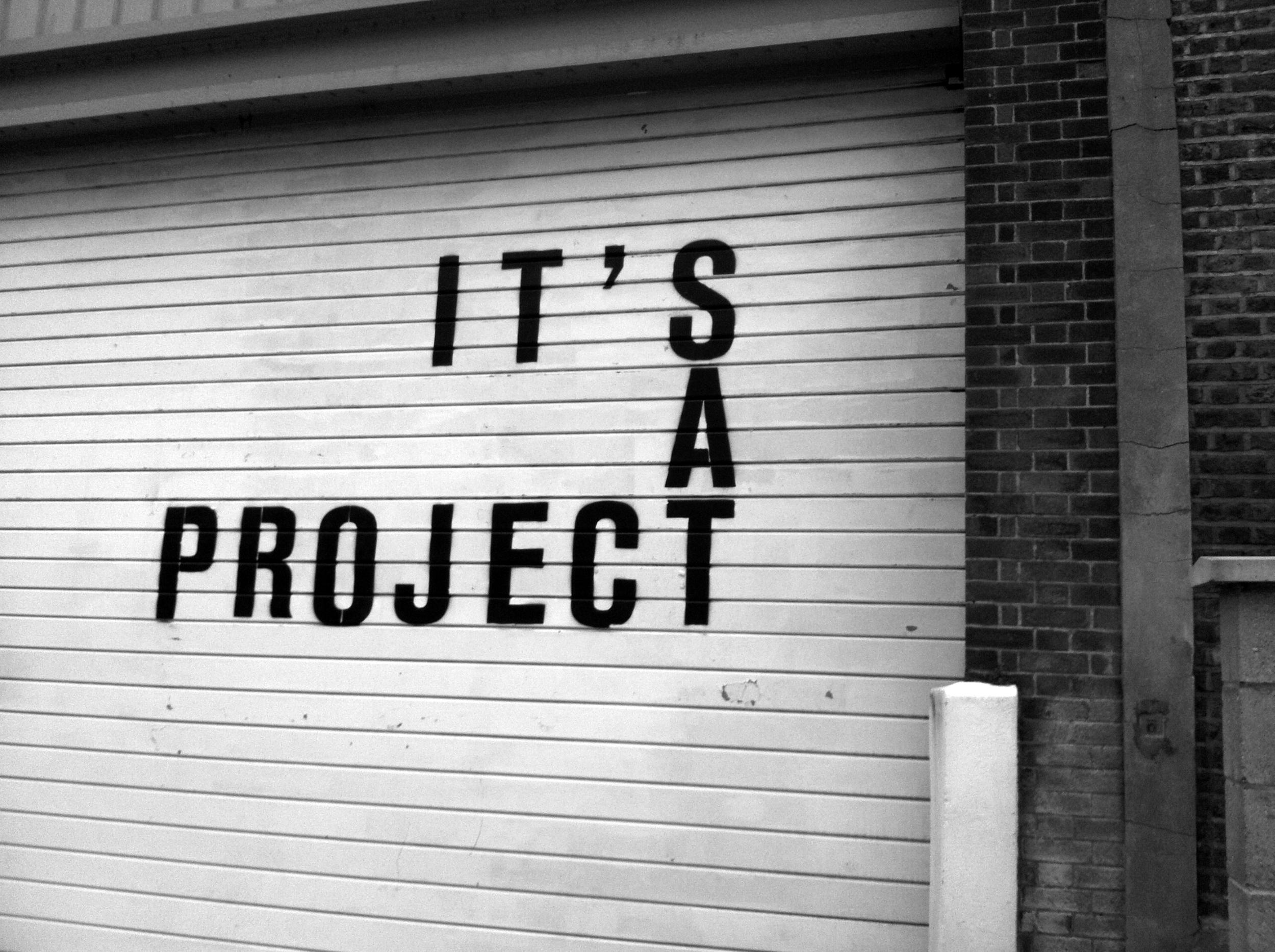Art moving out, tech moving in: What used to be the iconic White Cube gallery on Hoxton Square is now home of fashion start-up Lyst who hosted an "Insights into Fashion & Tech" talk this week, organised by Girls in Tech (who are also very much for boys, btw). On the panel: Sarah Vigrass, Strategic Projects Director at Lyst, Torie Chilcott, Co-Founder of Rockabox, and Giacomo Summa, CEO & Founder of Stylect.
While Lyst is a personalised fashion marketplace that allows users to create a personalised shopping feed, Rockabox is a tech company specialising in programmatic solutions for the distribution of branded content and rich media, or, as Torie Chilcott put it, "we're all about content delivered to an audience in an effective way". Latest example: interactive e-commerce magazine Swoon for Monsoon. The Stylect app then promises the ladies that their dream shoes are merely a swipe away, aggregating products from multiple websites. What did the expert fashion and tech brains have to say on trends, future development and their own ventures? A couple of interest things:
1.
Stylect = a mobile fashion magazine and, publishers beware, founder Giacomo Summa sees it as a "substitute for magazines as a source of entertainment" with the added benefit of technology enabling users to create wish lists and receiving notifications on their favourite products.
2.
Mobile moving things forward: Lyst's Sarah Vigrass spoke about how mobile makes transporting data from the online to the offline world possible, i.e. the mobile stores your preference and once you're in a relevant offline environment (a shop!) - ping, there's a relevant message on your phone telling you that a specific product is on sale.
3.
Watch out for gamification in fashion. Torie Chilcott described how they worked with game designers when creating Swoon, Monsoon's newly launched interactive and fully shoppable tablet magazine. And the figures show that it works - game elements enticed users to interact, share and, ultimately, buy.
4.
Physical buying will not go away (and a show of hands in the audience showed a - roughly- 50:50 divide between online and physical shoppers), however, brick and mortar shops will have to change, offering more of an experience and integrating digital elements. In fact, "sometimes the offline experience actually damages the online presence," said Torie Chilcott, citing M&S as a retailer that need to up their game in this respect.
5.
Speaking of online and offline and how they work together, here's another important point on the subject, made by Giacomo Summa: "The offline world needs to partner up with the online world." Which means a service like Stylect needs access to a shop's inventory in order to provide relevant information to users that are out and about shopping.
6.
On apps versus responsive website: Apps win since the fact that someone has downloaded an app and allowed it in the personal environment of one's smartphone already means more commitment.
7.
Last but not least, the importance of social. Fashion brands need to engage and excite, so when it comes to effective social strategies, brands should, for example, include the power of the likes of Buzzfeed, as highlighted by Torie Chilcott. Plus: There's absolutely no way round the phenomenon of YouTube vloggers and the immense impact they have on their audience.

